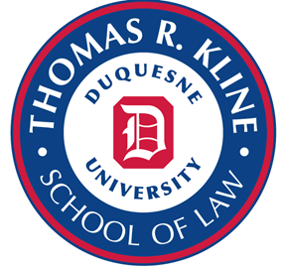Document Type
Article
Abstract
The power of federal courts to act is circumscribed not only by the limits of subject matter jurisdiction, but also by various justiciability doctrines. Article III of the Constitution vests the judicial power of the United States in the Supreme Court and such inferior courts as Congress creates. That power is limited to deciding cases and controversies. It does not permit federal courts to provide advisory opinions when there is not a real dispute between the parties. Based on that constitutional limit, and related prudential concerns, the Court has developed a variety of justiciability requirements limiting which cases can be heard in federal courts, including standing, mootness, and ripeness.
Because each justiciability doctrine poses a potential barrier to accessing federal court, they can frustrate parties who want to effect change through litigation. This Article argues that the Supreme Court, on its way to reaching several hot-button issues last term, minimized or ignored some justiciability problems.
Creative Commons License

This work is licensed under a Creative Commons Attribution 4.0 International License.
Repository Citation
Richard L. Heppner, Jr., Let the Right Ones In: The Supreme Court's Changing Approach to Justiciability, 61 Duq. L. Rev. 79 (2023).
Included in
Constitutional Law Commons, Courts Commons, Criminal Procedure Commons, Jurisprudence Commons

